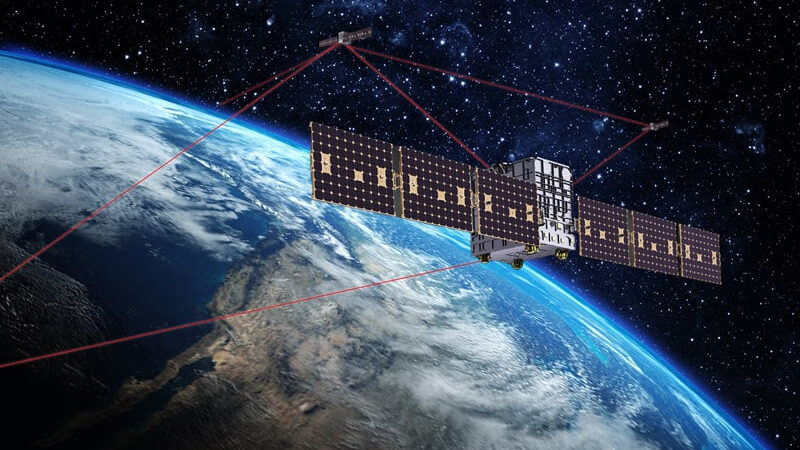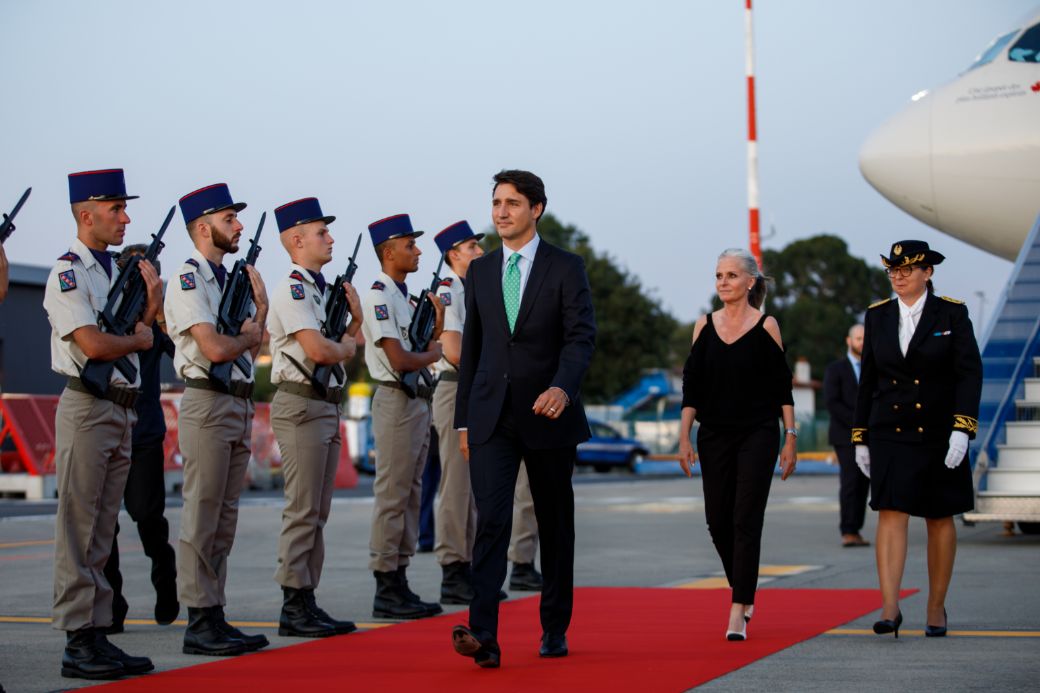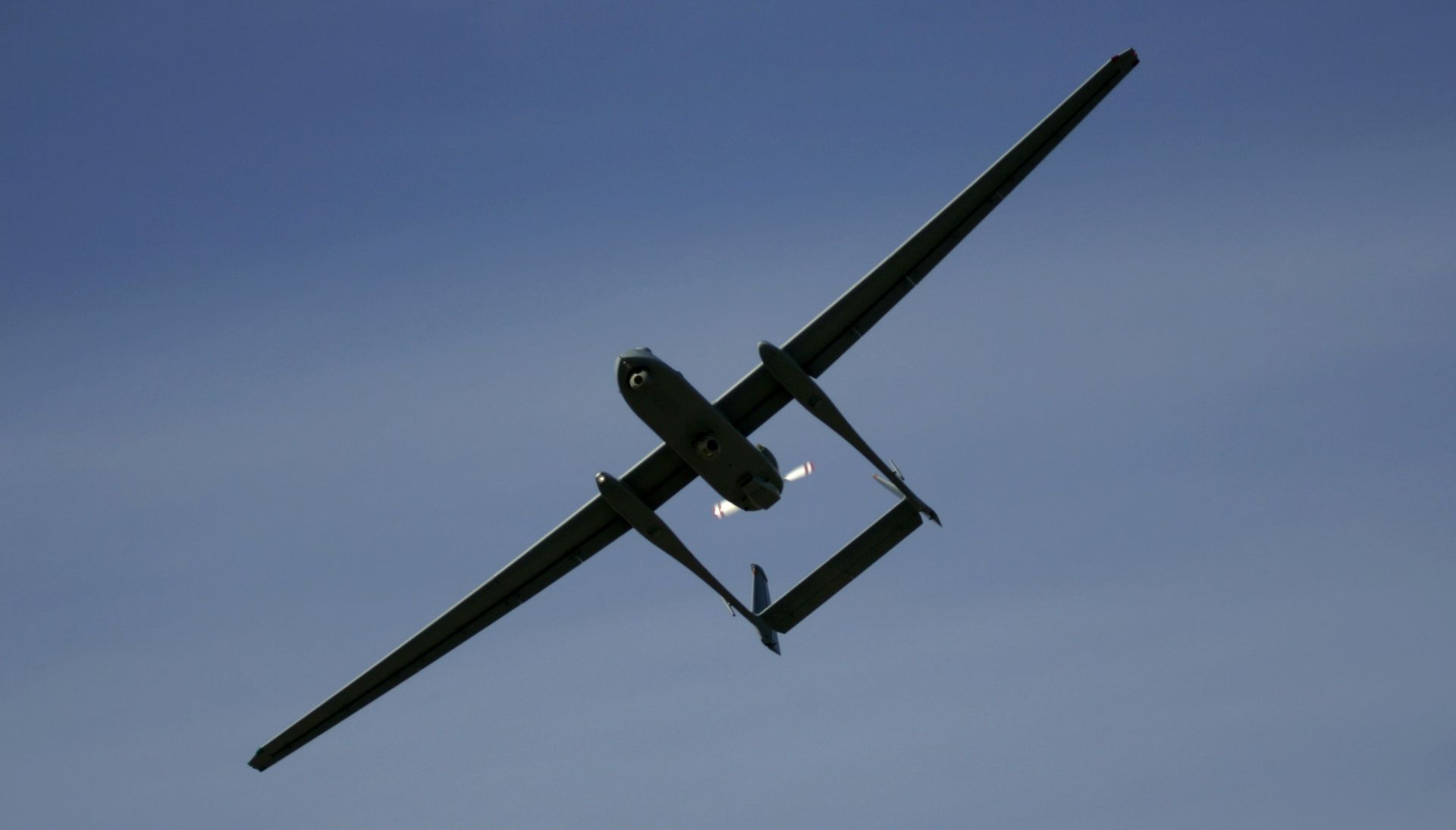SDA Tranche 0 Transport Layer (Image: Terran Orbital Corporation)
WASHINGTON — The Space Development Agency’s top line for fiscal 2025, set at $4.27 billion, represents a small cut from last year’s budget request of almost $4.7 billion — funding four launches as opposed to five included in last year’s budget.
A chart provided by the agency shows a request of almost $3.9 billion in research, development, test & evaluation (RDT&E) funds for FY25, vice $4.1 billion in FY24. The bulk of that funding goes toward development of satellites for the two main components of SDA’s overarching Proliferated Warfighter Space Architecture in low Earth orbit (LEO) — slightly more than $1.7 billion for the constellation of data relay satellites called the Transport Layer, designed to serve as the backbone of the Pentagon’s Joint All Domain Command and Control (JADC2) capability; and $1.73 billion for the network of missile warning/tracking satellites called the Tracking Layer.
SDA uses a rolling development model, where improved capabilities are brought into development every two years in what the agency calls satellite “tranches.” Each tranche includes both Transport and Tracking Layer satellites. The first set of satellites, Tranche 0, includes 28 demonstration satellites: 20 Transport Layer and eight Tracking Layer birds. The agency in December finished putting Tranche 0 in orbit, with one Transport Layer satellite remaining on the ground as a test bed.
The agency’s funding chart noted that the FY25 RDT&E request:
- Supports Tranche 1 transition from development (design, build, AI&T [assembly, integration and test]) to on-orbit delivery
- Continued Tranche 2 development and PWSA Futures Program activities (programs similar to NExT, T1DES, etc.)
- Starts Tranche 3 Transport Layer
The Tranche 1 satellites will provide region-by-region coverage, based on Space Force and US Space Command priorities.
NExT, a nested acronym for National Defense Space Architecture Experimental Testbed, is experimenting with payloads that could serve as alternates to the Global Positioning System satellites for positioning, timing and navigation.
T1DES, for Tranche 1 Demonstration and Experimentation System, is a project to augment Tranche 1 Transport Layer by demonstrating tactical satellite communication and Integrated Broadcast Service capabilities.
For procurement, SDA is asking for $357 million for FY25 launch services, down from the nearly $530 million in FY24. Those funds would pay to manifest four planned launches of the Tranche 2 Transport Layer satellites in 2027, as the Space Force pays for launches in advance due to the lead time necessary for all the logistics to be set up.
SDA plans to actually launch 28 missile warning/tracking satellites and four birds carrying fire control payloads for missile defense in FY25, paid for with previous-year funding.





















Discussion about this post